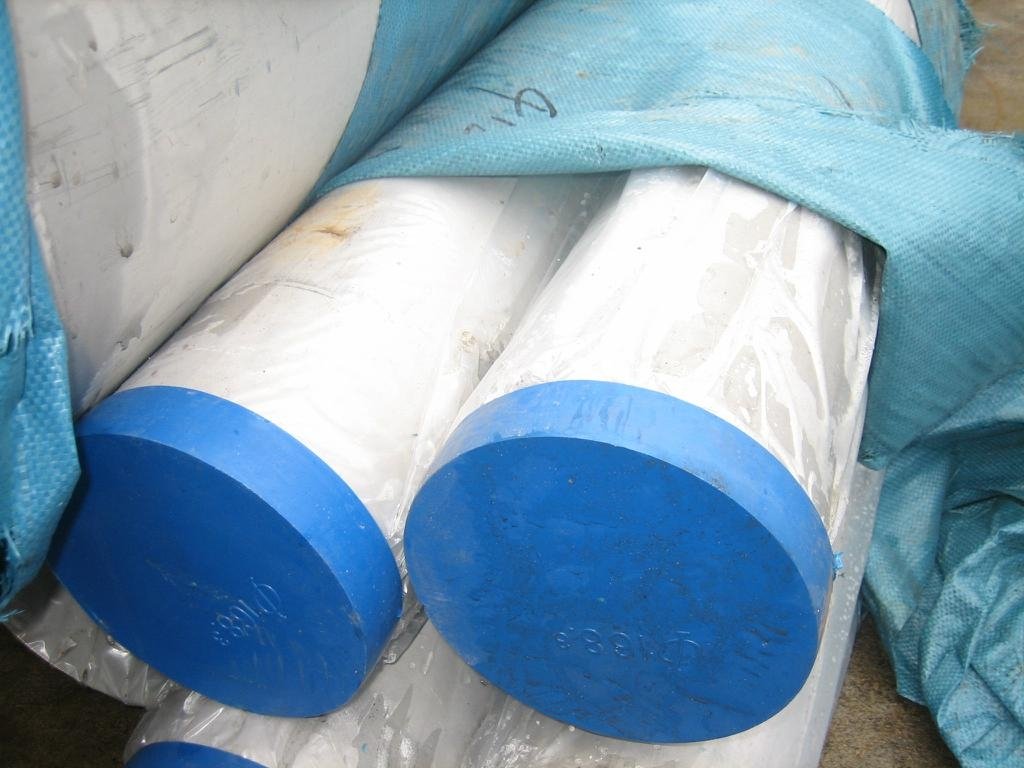310 310S 310H stainless steel pipe
Product Description
Product Introduction: AISI 310, 310S, and 310H Austenitic Stainless Steels
AISI 310, 310S, and 310H are premium austenitic stainless steel alloys known for their remarkable strength and resistance to elevated temperatures. These alloys are widely utilized in environments that demand enhanced oxidation resistance and excellent mechanical properties while maintaining durability across a range of industrial applications. With significant chromium and nickel content, these alloys are designed to withstand challenging thermal and corrosive conditions.
Composition and Properties
The primary components of AISI 310, 310S, and 310H steels include high amounts of chromium and nickel, which significantly enhance their resistance to corrosion and oxidation. The detailed chemical composition is as follows:
-
AISI 310:
- Carbon (C): 0.25 max
- Manganese (Mn): 2.0 max
- Phosphorus (P): 0.045 max
- Sulfur (S): 0.030 max
- Silicon (Si): 1.5 max
- Chromium (Cr): 24.0 - 26.0
- Nickel (Ni): 19.0 - 22.0
-
AISI 310S:
- Carbon (C): 0.08 max
- Manganese (Mn): 2.0 max
- Phosphorus (P): 0.045 max
- Sulfur (S): 0.030 max
- Silicon (Si): 1.5 max
- Chromium (Cr): 24.0 - 26.0
- Nickel (Ni): 19.0 - 22.0
These variants each exhibit unique properties that cater to specific applications. The AISI 310H variant, while similar to 310S, contains slightly higher carbon content, providing enhanced high-temperature strength and performance.
Performance Characteristics
The performance of AISI 310, 310S, and 310H is evident in both mechanical and thermal applications, showcasing superior characteristics such as:
-
High Tensile Strength:
- AISI 310: Typical 625 MPa (Minimum 515 MPa)
- AISI 310S: Typical 575 MPa (Minimum 515 MPa)
-
Yield Strength:
- AISI 310: Typical 350 MPa (Minimum 205 MPa)
- AISI 310S: Typical 290 MPa (Minimum 205 MPa)
-
Elongation:
- Both alloys exhibit an impressive elongation of 50% (Minimum 40%) when subjected to testing in 50mm samples.
-
Hardness:
- AISI 310: Brinell Hardness 172 (not specified minimum)
- AISI 310S: Brinell Hardness 156 (not specified minimum)
The alloys maintain excellent fatigue resistance, making them suitable for dynamic applications where cyclic loading is prevalent.
Applications and Industry Use
AISI 310, 310S, and 310H steels are extensively used across various industries due to their exceptional properties. Typical applications include:
-
Furnace Components: These alloys are ideal for components like furnace tubes, kilns, and heat exchangers, which are often exposed to high temperatures and oxidative environments.
-
Chemical Processing: The high corrosion resistance of these materials makes them suitable for use in chemical reactors, heat exchangers, and pipes in chemical processing plants.
-
Oil and Gas: Reliable in extreme environments, these alloys are employed in petrochemical, oil refinery applications, and exhaust systems.
-
Aerospace Engineering: The aerospace industry utilizes these stainless steels in components that experience high temperatures and corrosive conditions during operational cycles.
-
Power Generation: From gas turbines to boilers, these materials play a critical role in the power generation sector, ensuring efficiency and durability under high thermal stress.
Conclusion
AISI 310, 310S, and 310H represent the pinnacle of austenitic stainless steel technology, offering unmatched performance in high-temperature applications. Their unique chemical compositions and robust mechanical properties make them essential materials in industries where reliability and safety are paramount. By choosing AISI 310 alloys, manufacturers can ensure the longevity and effectiveness of their products in even the most demanding applications.
